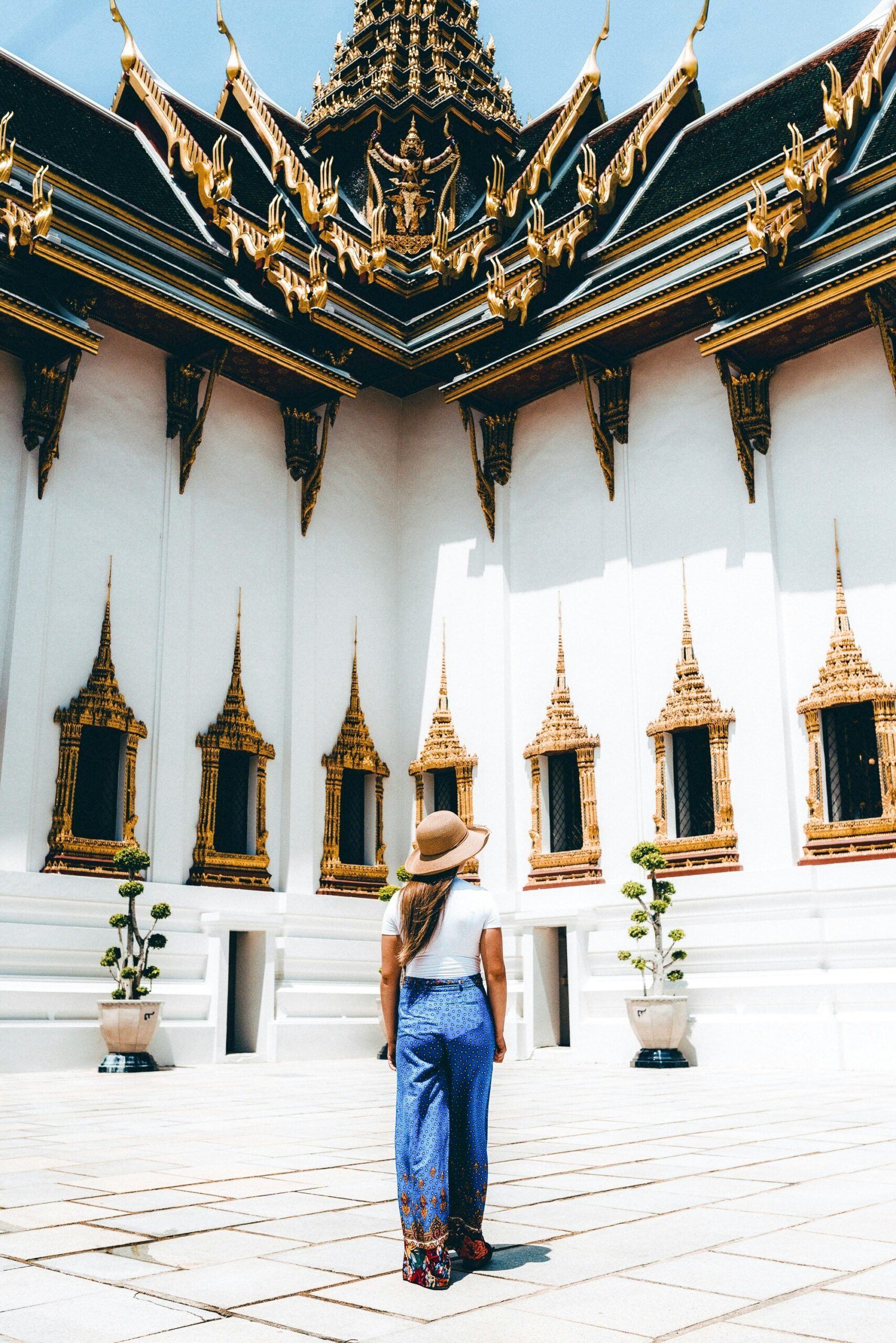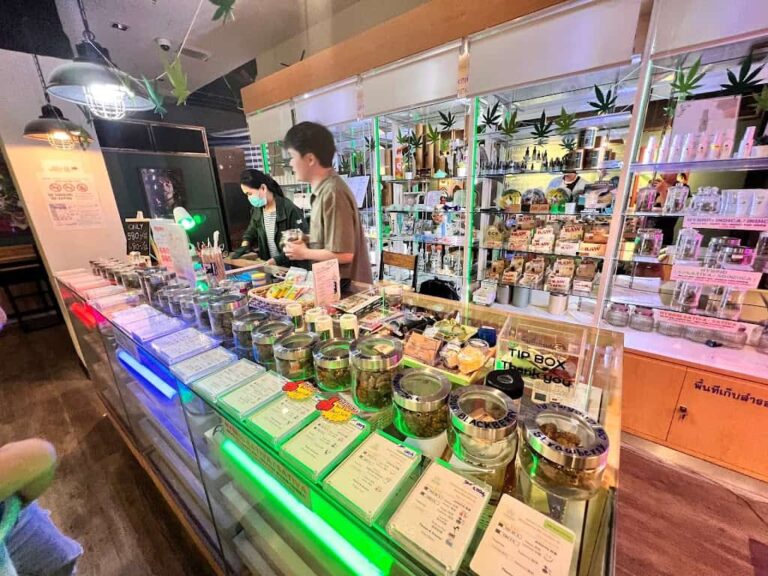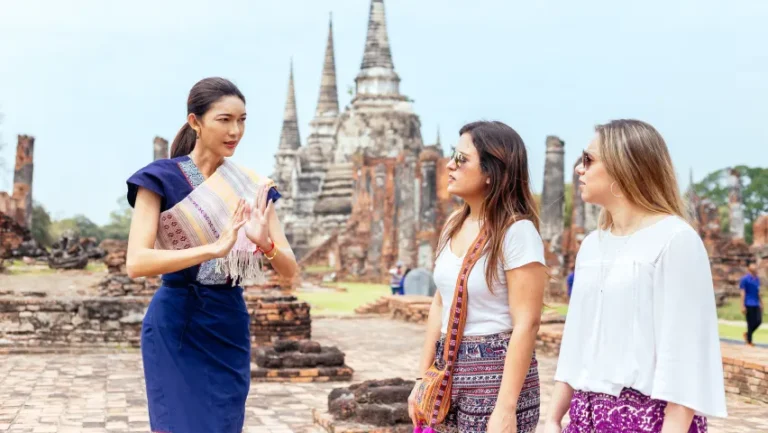A Brief History of the Grand Palace
The Grand Palace in Bangkok stands as a testament to the opulent history and cultural heritage of Thailand. Established in 1782 by King Rama I, the palace was constructed as the royal residence for the Kings of Siam and served as the administrative center of the Rattanakosin Kingdom. The decision to build the Grand Palace was strategic, intended to symbolize the new capital of Siam after relocating it from Thonburi. It marked a significant shift in the Thai monarchy, blending traditional values with new political realities.
Architecturally, the Grand Palace showcases a stunning fusion of traditional Thai design and Western influences. The intricate details found in the structures, including the gilded roofs and ornate murals, reflect a rich artistic tradition while also embracing the modernity introduced during the 19th century. Notably, the Emerald Buddha Temple, Wat Phra Kaew, nestled within the palace complex, is an enduring symbol of Thai Buddhism and the spiritual heart of the country. This temple houses a revered statue of the Emerald Buddha, which is considered the protector of the kingdom.
Throughout its history, the Grand Palace has witnessed significant events that have shaped Thailand’s political landscape and cultural identity. From royal ceremonies, such as coronations, to diplomatic discussions, the palace has played a crucial role in the development of the nation. The reigns of various kings brought changes that evolved the palace’s function from a royal residence to a ceremonial site, reflecting the changing dynamics of Thai monarchy.
Today, the Grand Palace remains an iconic destination, attracting millions of visitors each year. It serves as a reminder of Thailand’s rich history and the enduring legacy of its monarchy, embodying both grandeur and cultural significance in the heart of Bangkok.
Architectural Marvels within the Palace Complex
The Grand Palace in Bangkok stands as a remarkable testament to the artistic and cultural heritage of Thailand. Among its distinguished structures, the Emerald Buddha Temple, known as Wat Phra Kaew, is arguably the most prominent. This temple houses the revered Emerald Buddha, an essential symbol of Thailand’s religion and monarchy. The intricate design features of the temple, including its stunning golden stupa, colorful mosaics, and elaborate rooflines, showcase the richness of traditional Thai architecture. As visitors approach, they are greeted by the vibrant colors and detailed craftsmanship that reflect the deep spiritual significance embedded in every aspect of its design.
Consisting of the Outer Court and the Inner Court, the Grand Palace complex is a marvel of organization and craftsmanship. The Outer Court is primarily ceremonial and includes several significant buildings. Among them is the Chakri Maha Prasat Hall, where Western architectural influences blend harmoniously with Thai styles, creating a unique visual narrative. This melding of styles symbolizes the modernization of Thailand while honoring its historical roots. Outside, visitors are captivated by the golden spires that pierce the sky, each representing a different aspect of Thai cosmology.
The Inner Court, predominantly used by the royal family, illustrates the grandeur of royal life and the importance of hierarchy in Thai culture. It features residential halls, ornate gardens, and impressive murals that depict historical and mythological themes. The murals, painted in exquisite detail, are not only artistic masterpieces but also convey the richness of Thai legends and the spiritual beliefs of its people. Statues and carvings throughout the palace further encapsulate the artistic achievements of Thailand, making the Grand Palace not just a royal residence but a canvas showcasing the nation’s cultural narrative. Visitors are encouraged to appreciate the grandiosity and meaning behind every structure, which is indicative of Thailand’s elaborate history and deep-seated traditions.
Visiting Experience: What to Expect
Visiting the Grand Palace in Bangkok is an experience marked by the awe of its stunning architecture and rich history. The Grand Palace is open to the public every day from 8:30 AM to 3:30 PM, allowing ample time for exploration. To ensure a smooth visit, purchasing tickets in advance is advisable, with the entry fee set at 500 Thai Baht for adults. This fee includes an audio guide, which significantly enhances the understanding of the palace’s significance and intricate details.
When planning your visit, it is recommended to arrive early in the morning or late afternoon. These times generally see fewer crowds, providing a more intimate viewing experience. Alternatively, visiting during weekdays can also help avoid the peak tourist influx seen on weekends. One crucial aspect to remember is the dress code; visitors are required to dress modestly, which means covering shoulders, arms, and knees. For those who may forget to adhere to the dress guidelines, sarongs are available for rent near the entrance.
While touring the Grand Palace, make sure not to miss the Emerald Buddha Temple, a monk’s quarter, and the stunning mural surrounding the outer wall, which depicts the Ramayana epic. For a fulfilling itinerary, consider allocating at least two to three hours for the Grand Palace, followed by a visit to Wat Pho, home to the famous reclining Buddha, located just a short walk away. Additionally, Khao San Road offers a colorful atmosphere with shops and eateries, making for a perfect post-visit excursion.
This comprehensive guide should enhance your visiting experience at the Grand Palace, ensuring you absorb both its grandeur and cultural importance while efficiently planning your time.
Cultural Etiquette and Photography Tips
The Grand Palace in Bangkok is not just a stunning architectural marvel; it is also a sacred site that demands a degree of cultural etiquette from its visitors. Understanding and respecting local customs is crucial to ensure that your visit is both enjoyable and respectful to the heritage of Thailand. When entering the palace grounds, dress modestly, as revealing clothing is considered disrespectful. Proper attire typically includes long pants and sleeves for both men and women. Furthermore, avoid showing any overt signs of disrespect, such as loud talking or inappropriate behavior, particularly in front of important statues and buildings.
Interactions with local guides and other visitors are also essential to the experience. When engaging with guides, listening attentively and asking questions can deepen your appreciation of the site’s historical significance. It is advisable to be polite and patient, as many guides are eager to share their knowledge about the culture and history of the palace. Similarly, interacting respectfully with local visitors demonstrates an appreciation for their customs and traditions.
When it comes to photography, capturing the beauty of the Grand Palace is a unique experience; however, one must remain mindful of where and when it is appropriate to take photographs. The best locations for photographs include the outer courtyard and the Emerald Buddha Temple, where the dazzling architecture presents endless opportunities for stunning images. Early morning or late afternoon provides optimal lighting conditions, enhancing the intricate details of the intricate designs. Additionally, it is advisable to refrain from photography within sacred areas and during ceremonial events, as interruptions could disrupt the reverence of the moment.
By observing these cultural etiquette guidelines and employing thoughtful photography techniques, visitors can enrich their experience at the Grand Palace while honoring the traditions and values of Thailand.







